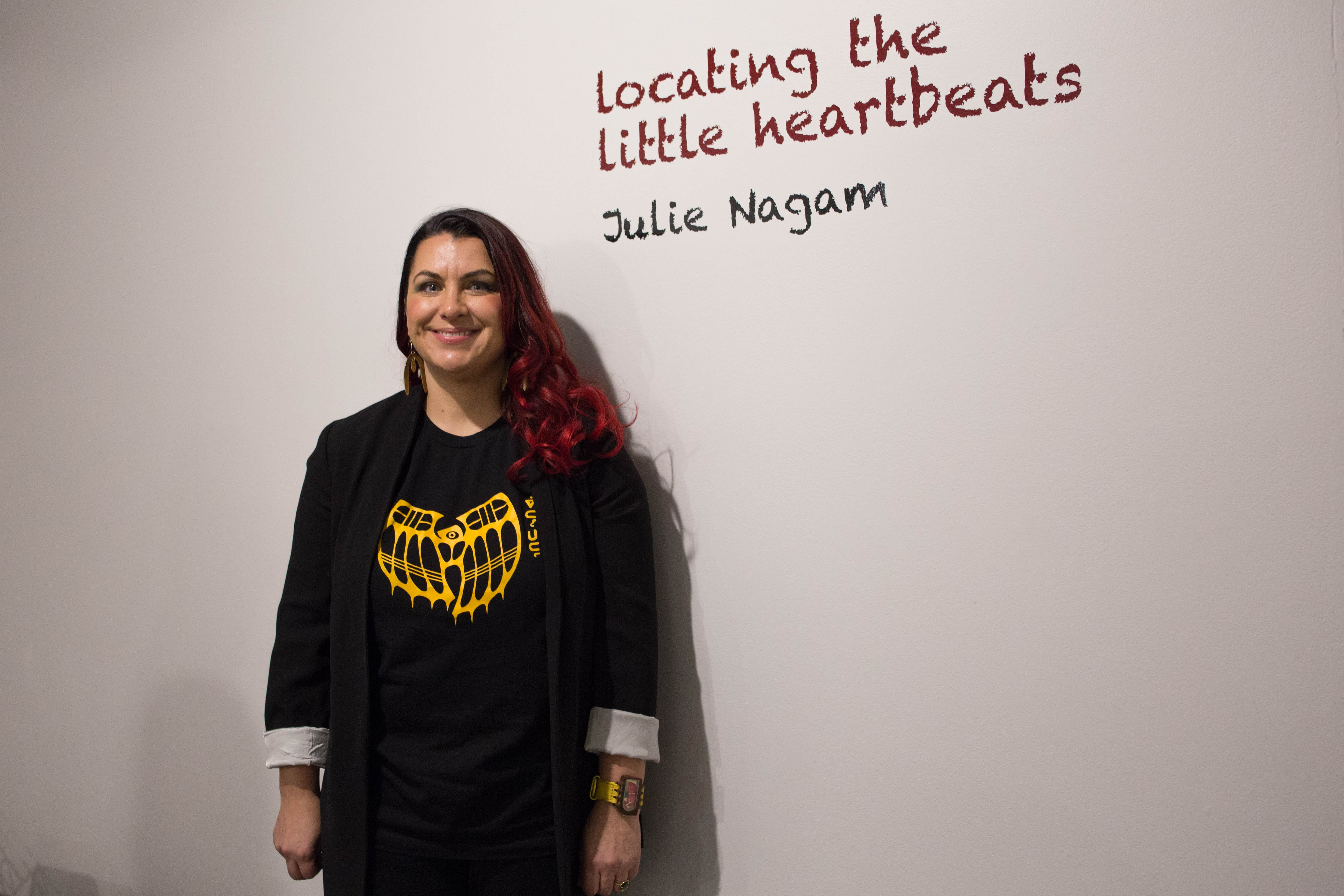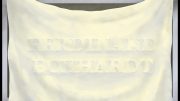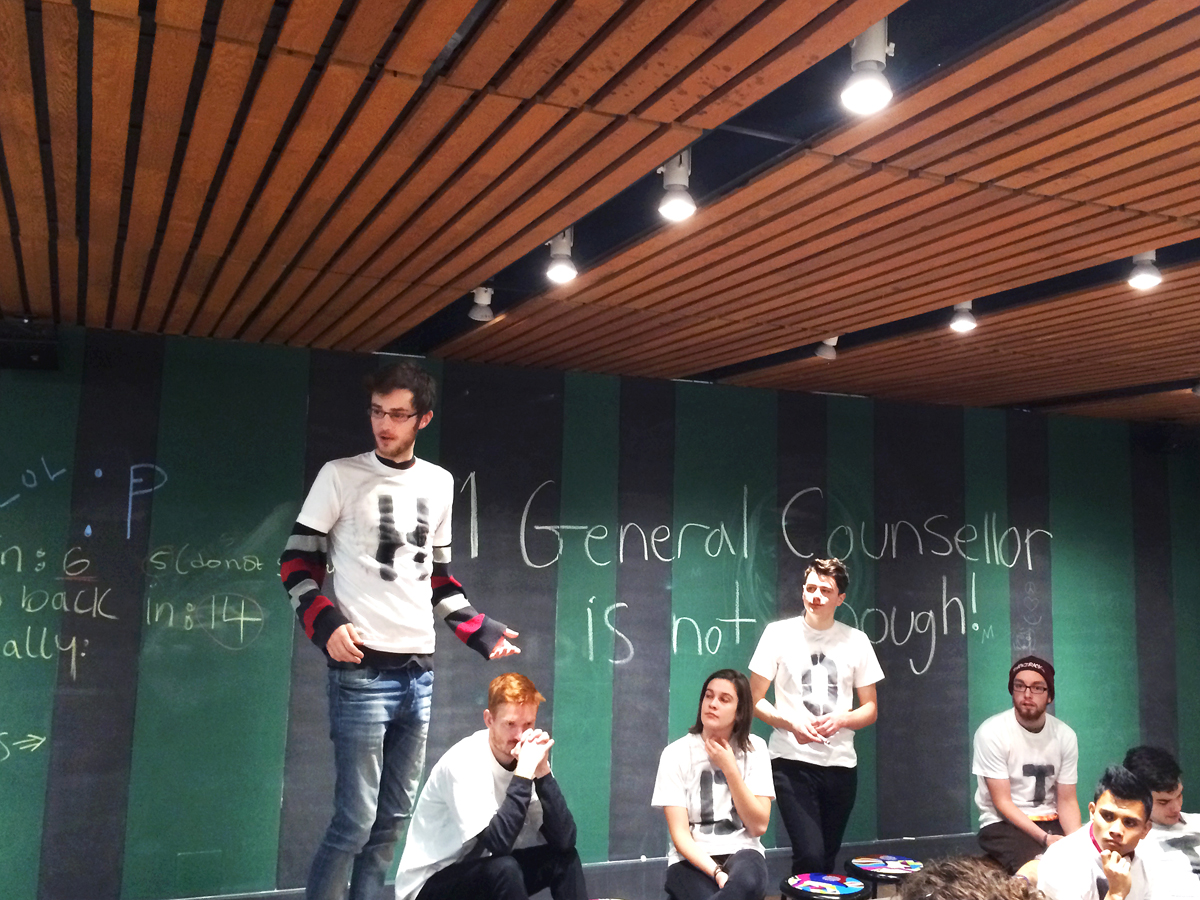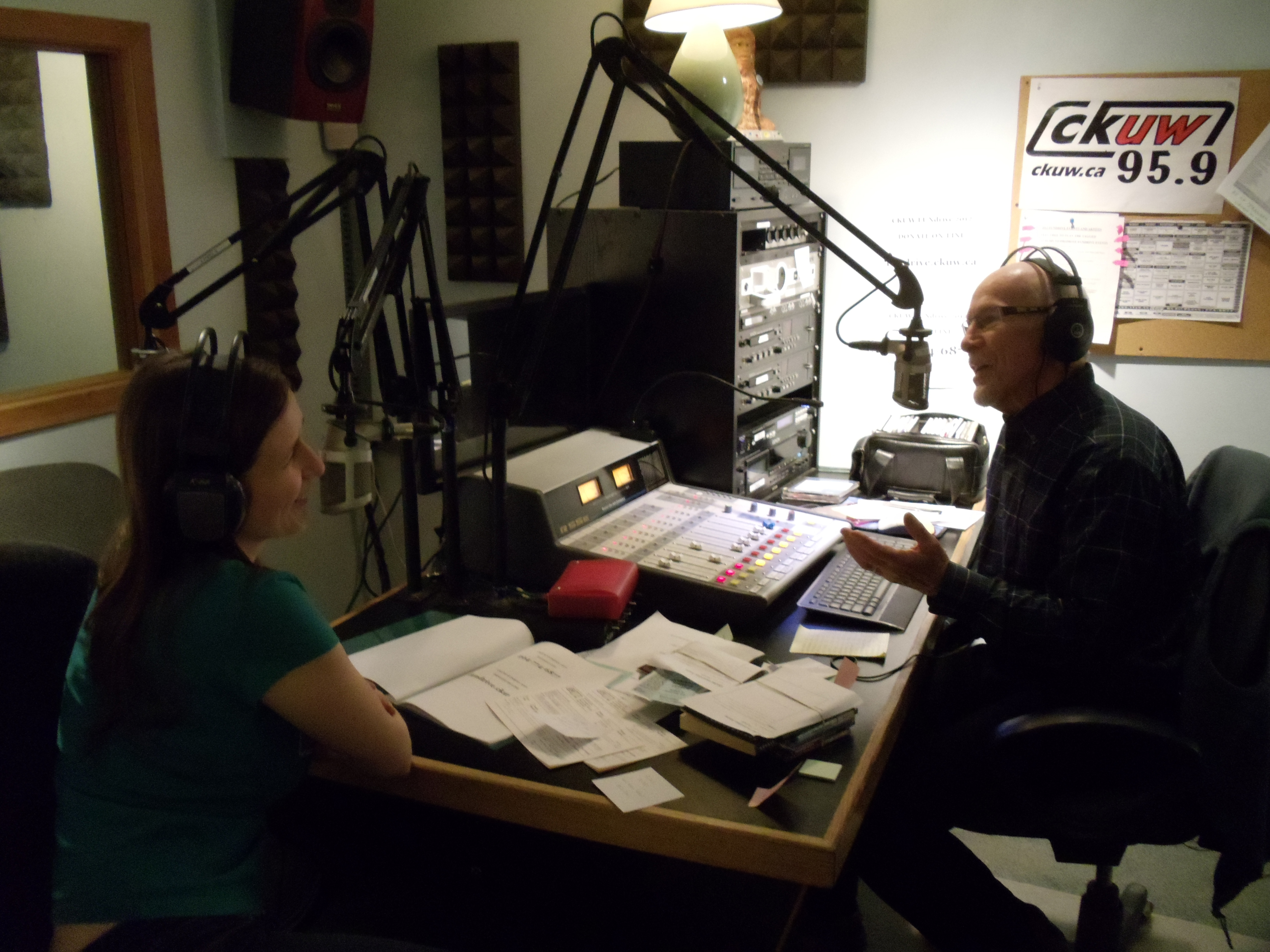University of Winnipeg associate professor Julie Nagam’s first Winnipeg solo exhibit, locating the little heartbeats, will be showcased at the U of W’s Gallery 1C03 from Jan. 10 to Feb. 16.
Julie Nagam is currently the chair of the History of Indigenous Art in North America, a joint appointment between the U of W and Winnipeg Art Gallery, and is an associate professor of history at the U of W.
Her multi-media art installations are often constructed around themes of sustainability and environmentalism. Nagam portrays land as a keeper of knowledge in her art.
“For me, the exhibition locating the little heartbeats was thinking about these small, little plants that live within us all the time and if we kind of walk by, walk over and walk on, [we are] totally unaware of the abilities they have,” said Nagam.
The plants chosen for this exhibition — blueberry, bearberry, lavender and tobacco — all have personal ties to the artist.
Nagam’s multi-sensory medium is striking. The exhibition is composed of five light boxes, each depicting an animated drawing of different plants.
Each plant was hand-drawn and painted out in 200 frames and photographed. This allowed Nagam to create the visual effect of the drawings fading away, then re-emerging into focus.
Nagam’s work also engages the auditory senses with a medley of rhythmic and natural sounds playing in the background.
“A lot of my work tends to be land-based or thinking a lot about the relationship to land and, for me, I think a lot about all the knowledge that the land actually keeps,” said Nagam.
“If we look to it as a source of knowledge as opposed to something we want to control, or dominate, or constantly throw more cities over the top of and more people into […] it might actually shift the way we see as a society.”
Nagam’s work embraces the notion of land having memory and serving as an archive of the people who have interacted with it.
Her work explores the self-preserving nature of landforms.
“The land is living — so are the little plants,” said Nagam of the exhibit’s title.
“These little plants have so much to offer and give us, and if we treated them more like little entities with little hearts […] we would actually respect them, have a better relationship with them.”
Nagam’s perspective is clear in viewing the animated installation. The paintings fade away and return into focus, symbolizing her description of nature as a living, breathing entity.
Nagam said she drew inspiration for the project from her contemporary Robert Houle’s Sandy Bay Residential School series as part of his show Sovereignty over Subjectivity.
Nagam was inspired by Houle’s ability to create an immersive style that captures the onlooker upon entering the space.
“For me, art is the catalyst for social change,” she said.
“You can have so much [more] constructive dialogues around visual culture than you can a talking head or an article.”





